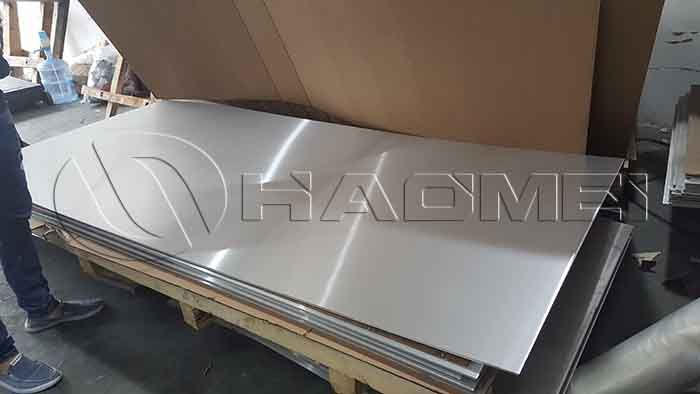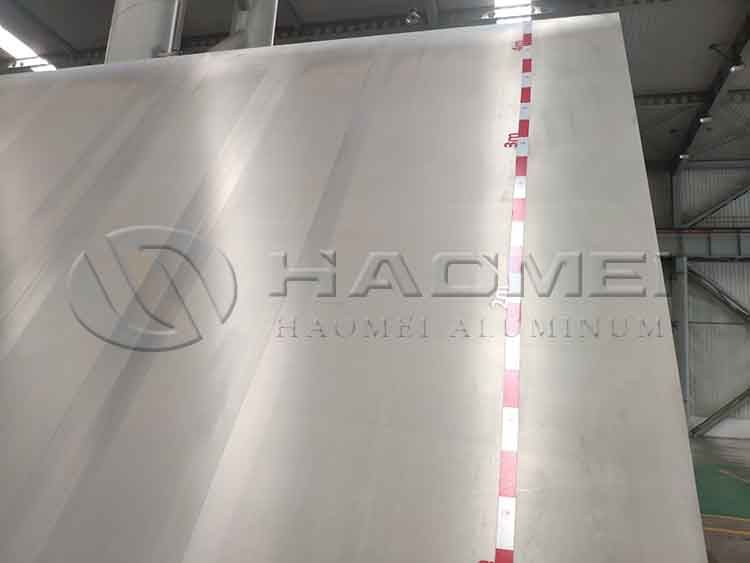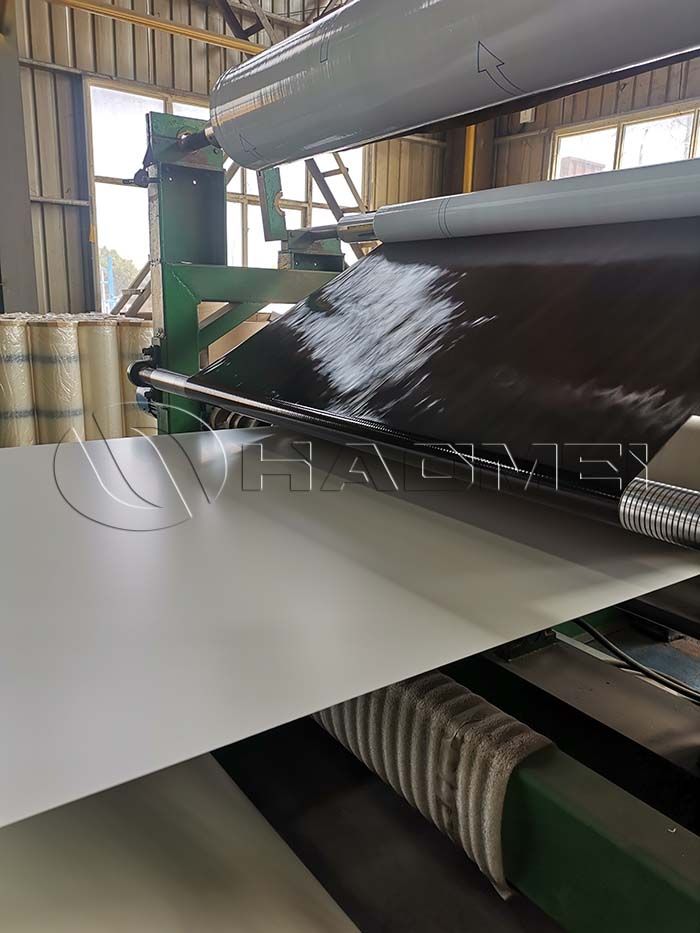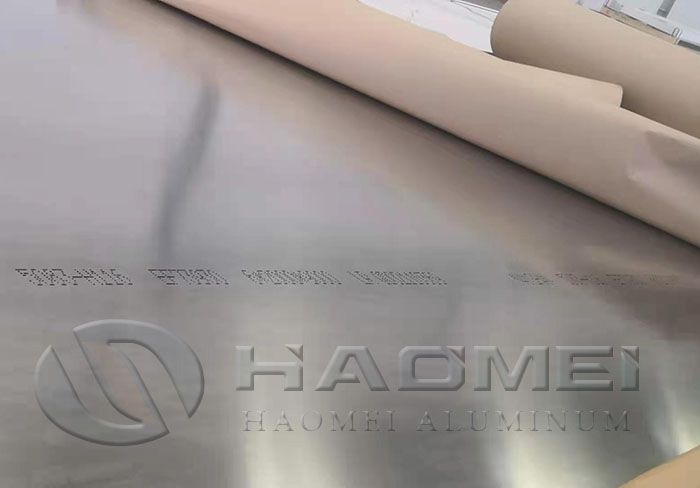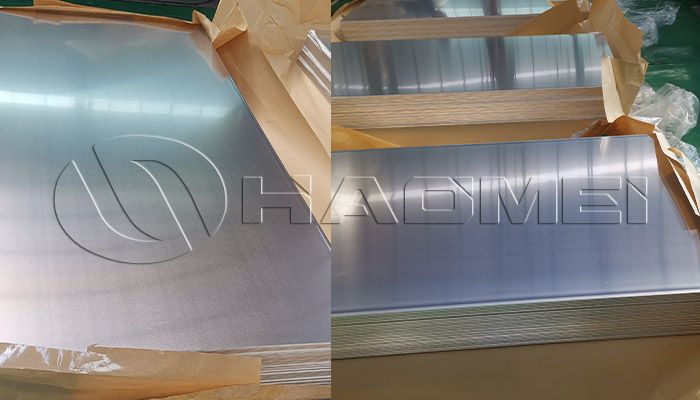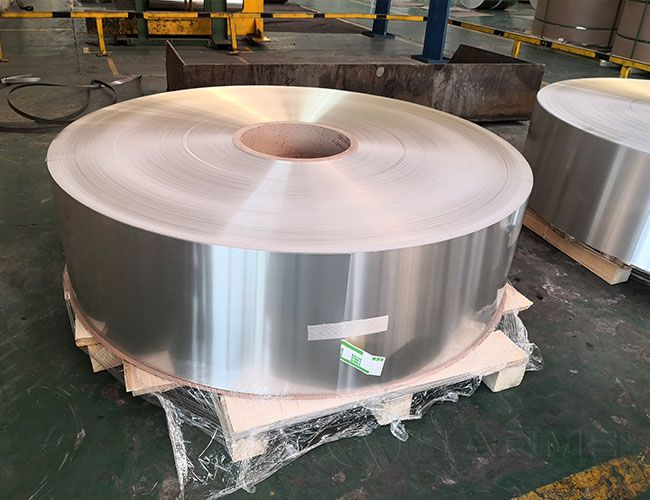Generally, marine aluminium plate needs to have high specific strength and specific modulus, that is, medium strength, corrosion resistance and weldability. At the same time, it also needs to have excellent cold and hot forming functions.
Since the ship is to be subjected to various treatments of cold working and hot working, the marine aluminum plate must be easy to form without cracks, and can still meet the strength and corrosion resistance requirements after processing. In view of the above requirements of marine aluminum plate, 5083, 5086 and 5754 aluminum plate stand out among many alloy aluminum plates because of their excellent performance.
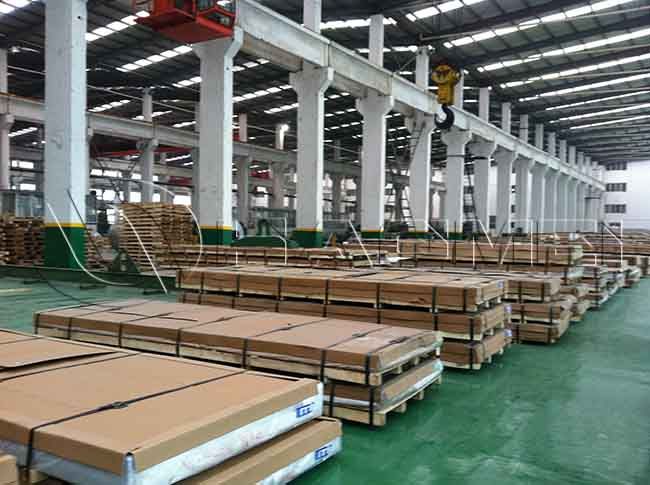
In 1940, the United States built an all-aluminum speedboat; in 1945, Japan built the "Alacase" all-aluminum patrol boat. In the 1950s and 1960s, aluminum welding technology began to appear, and the United States developed 5086 and 5456 aluminum alloy sheets and profiles. At this time, aluminum alloy ships developed in large quantities. From 1966 to 1971, the United States built 14 aluminum high-speed boats, which were the first all-aluminum warships, using 5086 aluminum alloy.
At present, the aluminum alloys used in the hull structure are mainly 5083, 5086 and 5456, which have good mechanical properties, corrosion resistance and weldability. The Norwegian Shipbuilding Association stipulates the use of 5454 aluminum alloy, and the tensile strength of its sheet is the same as that of 5086 aluminum alloy. In the United States, 5456 aluminum alloy is mainly used, but 5086-O aluminum alloy sheet and 5086-H111 aluminum alloy extrusion profile are recently used on high-speed boats.
5086 aluminum plate is a typical 5xxx Al-Mg alloy, and the magnesium content generally does not exceed 7%. Relatively speaking, the application field of 5086 aluminum plate has relatively high requirements on product performance. Therefore, its processing cost is also higher than other 5 series products.
Its tensile strength σb (MPa): ≥240, conditional yield strength σ0.2 (MPa): ≥95. It satisfies the use effect in the high-end field very well. 5086 aluminum plate has good corrosion resistance, oxidation resistance and good weldability.
In China, as one of the 5086 aluminum plate suppliers, Haomei Aluminum’s marine aluminum sheet has got the certification of CCS, ABS, DNV, LR,BV,KR. Welcome to leave message below to inquire what you need.
